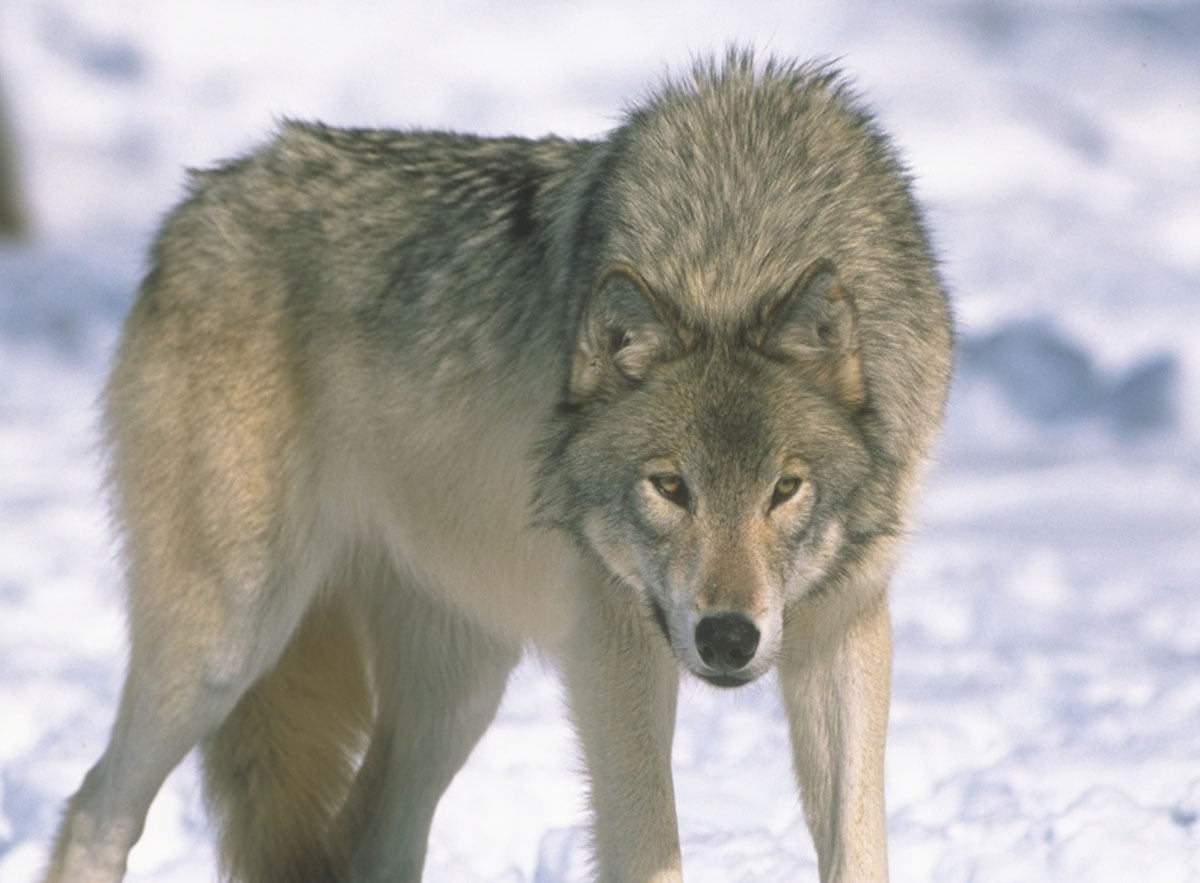The U.S. Fish and Wildlife Service released a list of conservation achievements from January through August 2018. Sound conservation principles and the country’s sportsmen and women were the big winners.
Although the document provides just the highlights of their successes, the list is extensive.
The following are a few examples of actions taken by the USFWS that benefit America’s sporting community.
- The FWS finalized a rule opening more than 251,000 acres to new or expanded hunting and fishing opportunities at 30 national wildlife refuges. In combination with the 130,000 acres opened on ten refuges in 2017, a total of 381,000 acres were opened or expanded to hunting and fishing since January 2017. This brings the number of units of the Refuge System where the public may hunt to 377, and the number where fishing is permitted to 312.
- Twelve individuals across the country were appointed as regional chiefs of hunting and fishing, whose jobs are to work full time on increasing hunting and fishing access and reducing or eliminating unnecessary regulations.
- All hunting and fishing regulations on FWS lands are being reviewed with the goal of better aligning them with state regulations. To date, 153 hunting and fishing assessments on refuges are complete. The purpose of the assessments is to identify opportunities for new and expanding existing hunting and fishing opportunities. This alignment will result in numerous expanded season dates, methods of harvest and bag/creel limits for existing opportunities.
- The newly established International Wildlife Conservation Council (IWCC) is providing the Secretary with expertise and advice on international conservation issues. The IWCC held three meetings to discuss African country and other global perspectives on the relationship between hunting and conservation.
- The newly created Hunting and Shooting Sports Conservation Council held two meetings and has already provided several recommendations to the Secretary on ways to improve hunting opportunities and access and how to utilize hunters to assist with wildlife conservation and management.
- Casey Stemler moved into a new position as Senior Advisor to the Director for Western States to enhance and improve the quality of big game winter range and migration corridors on FWS-managed lands. FWS is also working with state and federal partners to help implement the recent Secretarial Order 3362 to prioritize and conserve western big game corridors.
- The Service delisted and reaffirmed a final rule to delist the Greater Yellowstone Ecosystem population of grizzly bears under the ESA.That delisting was invalidated by a federal district court in Montana and the parties, including SCI, are now considering whether to appeal the ruling.
- The Secretary issued a memorandum designed to ensure that state wildlife professionals are involved in all species status assessments contemplated under ESA determinations.
- The FWS Office of Law Enforcement, working with law enforcement counterparts from more than 90 countries, participated in a global wildlife enforcement operation that highlights how the FWS works protecting our nation’s border and natural resources, combats transnational organized crime and collaborates with federal, state and international law enforcement counterparts. In the U.S., examples of successful wildlife interdictions include 3,800 crocodilian skins, 1,030 live reptiles and 1,796 partial sea turtle carapaces.
- Since February 2017, FWS awarded more than $2.3 billion in grants through Pittman-Robertson and Dingell-Johnson Act funds and State Wildlife Grant funds to states for improving access and fish and wildlife conservation.
Safari Club International supports continued efforts on the part of the USFWS to focus on conservation principles and more closely aligning state and federal regulations.



